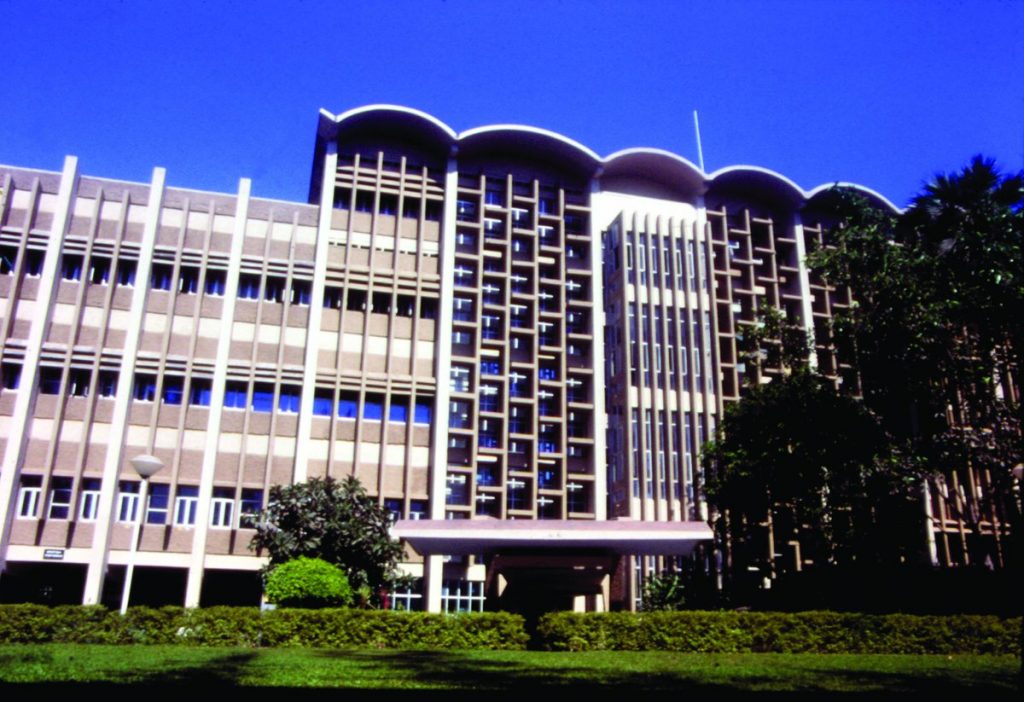The Indian Institute of Technology (IIT) Bombay has launched ‘Project Udaan’, a language translator, to break the language barrier in education, which hampers the flow of messages. The Project Udaan, a donation-based project, is an end-to-end ecosystem, which can translate scientific and technical content from English to Hindi and all other Indian languages.
About the Project Udaan
Project Udaan uses an AI-based translation software ecosystem, to translate engineering textbooks and learning materials, and all main streams of higher learning, in the desired language, in one-sixth of the time taken by a team of domain and linguistic experts working manually on it.



 Which Indian City is Known as the Footwe...
Which Indian City is Known as the Footwe...
 Which Desert is known as the Cold Desert...
Which Desert is known as the Cold Desert...
 Top-10 News Media Companies in the World...
Top-10 News Media Companies in the World...







